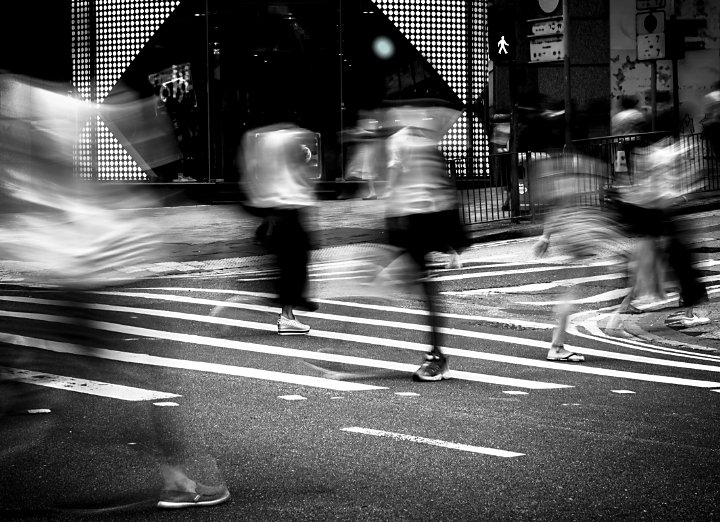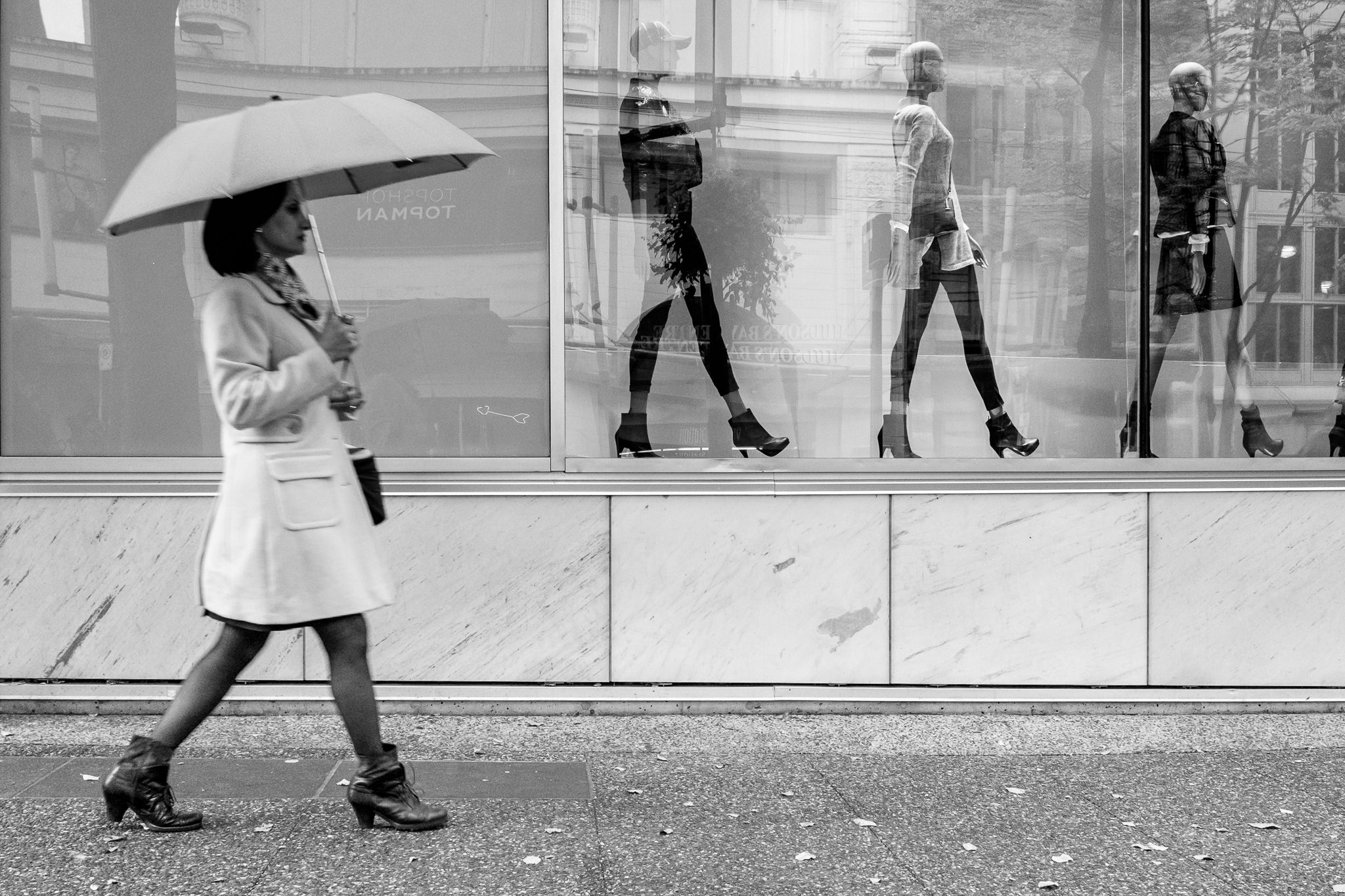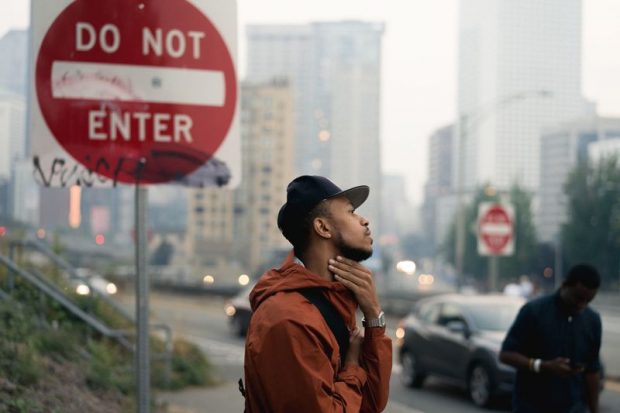Everything about Framing Streets
Everything about Framing Streets
Blog Article
Not known Details About Framing Streets
Table of Contents3 Easy Facts About Framing Streets ShownGetting My Framing Streets To WorkNot known Details About Framing Streets Framing Streets for DummiesFraming Streets Fundamentals ExplainedThe 5-Minute Rule for Framing Streets
, normally with the aim of recording photos at a decisive or emotional minute by careful framework and timing. http://go.bubbl.us/de6c3c/6f37?/Framing-Streets.
, that was motivated to undertake a similar documentation of New York City. As the city developed, Atget helped to promote Parisian roads as a worthwhile topic for digital photography.

Little Known Questions About Framing Streets.
Martin is the very first videotaped professional photographer to do so in London with a disguised cam. Mass-Observation was a social research study organisation established in 1937 which intended to record day-to-day life in Britain and to videotape the responses of the 'man-in-the-street' to King Edward VIII's abdication in 1936 to wed separation Wallis Simpson, and the succession of George VI. The principal Mass-Observationists were anthropologist Tom Harrisson in Bolton and poet Charles Madge in London, and their very first record was produced as guide "May the Twelfth: Mass-Observation Day-Surveys 1937 by over 2 hundred observers" [] Window Learn More Here cleaner at Kottbusser Tor, Berlin, by Elsa Thiemann c. 1946 The post-war French Humanist Institution photographers discovered their topics on the street or in the diner. In between 1946 and 1957 Le Groupe des XV yearly showed work of this kind. Andre Kertesz. Circus, Budapest, 19 May 1920 Street digital photography created the major material of two exhibits at the Gallery of Modern Art (Mo, MA) in New york city curated by Edward Steichen, 5 French Photographers: Brassai; Cartier-Bresson, Doisneau, Ronis, Izis in 1951 to 1952, and Post-war European Photography in 1953, which exported the concept of street photography globally.

The Basic Principles Of Framing Streets
The recording device was 'a covert video camera', a 35 mm Contax hidden underneath his coat, that was 'strapped to the chest and attached to a long wire strung down the appropriate sleeve'. Nevertheless, his work had little modern effect as due to Evans' level of sensitivities regarding the originality of his job and the privacy of his topics, it was not published up until 1966, in guide Several Are Called, with an introduction created by James Agee in 1940.
Helen Levitt, then a teacher of kids, related to Evans in 193839. She recorded the temporal chalk drawings - photography presets that were component of children's road culture in New york city at the time, along with the children that made them. In July 1939, Mo, MA's brand-new photography area consisted of Levitt's work in its inaugural exhibitRobert Frank's 1958 publication,, was significant; raw and usually out of focus, Frank's pictures examined conventional photography of the time, "tested all the official guidelines set by Henri Cartier-Bresson and Pedestrian Evans" and "flew in the face of the wholesome pictorialism and genuine photojournalism of American magazines like LIFE and Time".
Report this page